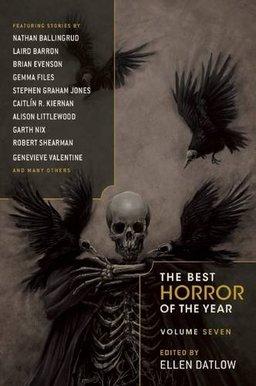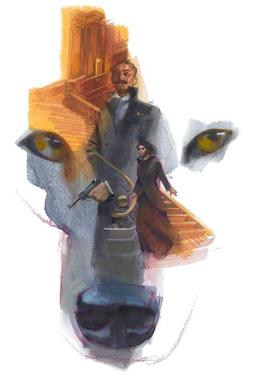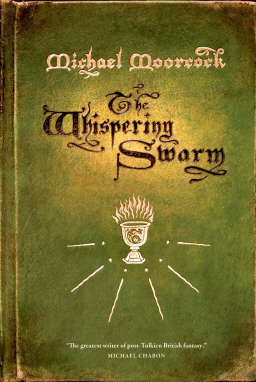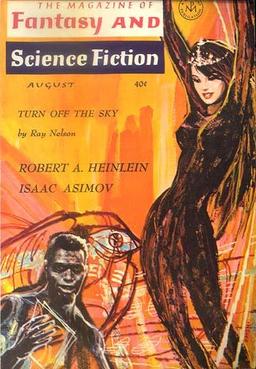Future Treasures: The Path of Anger by Antoine Rouaud
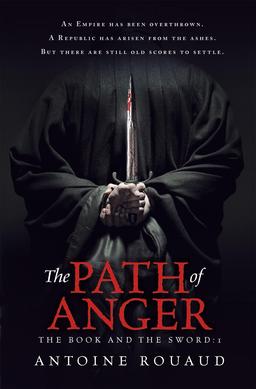 I don’t know about you, but it takes a lot for me to commit to a new fantasy series. The Path of Anger, the first volume of The Book and the Sword, has all the right ingredients: imperial intrigue, long-buried secrets, assassinations, a missing sword, and a mystery tangled up with the birth of a new regime… Antoine Rouaud is a debut fantasy writer who works at NPR Radio. The Path of Anger was translated from the French by Tom Clegg.
I don’t know about you, but it takes a lot for me to commit to a new fantasy series. The Path of Anger, the first volume of The Book and the Sword, has all the right ingredients: imperial intrigue, long-buried secrets, assassinations, a missing sword, and a mystery tangled up with the birth of a new regime… Antoine Rouaud is a debut fantasy writer who works at NPR Radio. The Path of Anger was translated from the French by Tom Clegg.
There will be blood. There will be death. This is the path of anger…
Year 10 of the new Republic, in the remote port city of Masalia. Dun-Cadal, once the greatest general of the Empire, has been drinking his life away for years. Betrayed by his friends and grief-stricken at the loss of his apprentice, he’s done with politics, with adventure, and with people. But people aren’t finished with him — not yet.
Viola is a young historian looking for the last Emperor’s sword, said to have been taken by Dun-Cadal during the Empire’s final, chaotic hours. Her search not only leads her to the former general, but embroils them both in a series of assassinations. Dun-Cadal’s turncoat friends are being murdered, one by one, in the unmistakable style of an Imperial assassin…
But as Dun-Cadal comes to realize, none of these developments — not even the surprise of meeting his supposedly deceased apprentice — has been the result of chance. An intrigue transcending the fates of the individual characters has been put into motion, and its secrets are revealed one by one as the story unfolds.
The Path of Anger will be published by Thomas Dunne Books on August 25, 2015. It is 437 pages, priced at $26.99 in hardcover and $12.99 for the digital edition. The cover is by Larry Rostant.
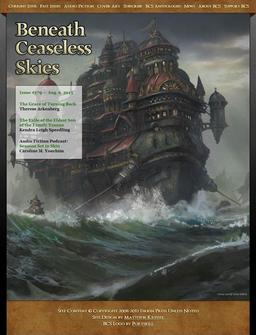
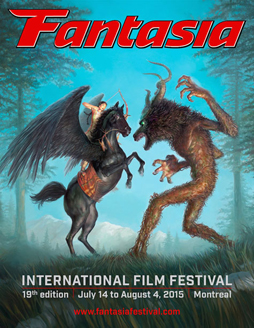 Monday, July 20, was a relatively short day for me at the Fantasia Festival, but one I was looking forward to with great curiosity. At 5 PM I was going to the De Sève Theatre to watch a collection of science-fictional short films: Fantasia’s International Science-Fiction Short Film Showcase 2015 (to give the screening its official name) would show nine films ranging from four to twenty minutes long from seven different countries. Afterwards I’d stick around to see the world premiere of Meathead Goes Hog Wild, a Chicago-set movie about a man pushed to the edge of sanity. It ended up an interesting mixed bag. To go through everything I saw in order:
Monday, July 20, was a relatively short day for me at the Fantasia Festival, but one I was looking forward to with great curiosity. At 5 PM I was going to the De Sève Theatre to watch a collection of science-fictional short films: Fantasia’s International Science-Fiction Short Film Showcase 2015 (to give the screening its official name) would show nine films ranging from four to twenty minutes long from seven different countries. Afterwards I’d stick around to see the world premiere of Meathead Goes Hog Wild, a Chicago-set movie about a man pushed to the edge of sanity. It ended up an interesting mixed bag. To go through everything I saw in order: